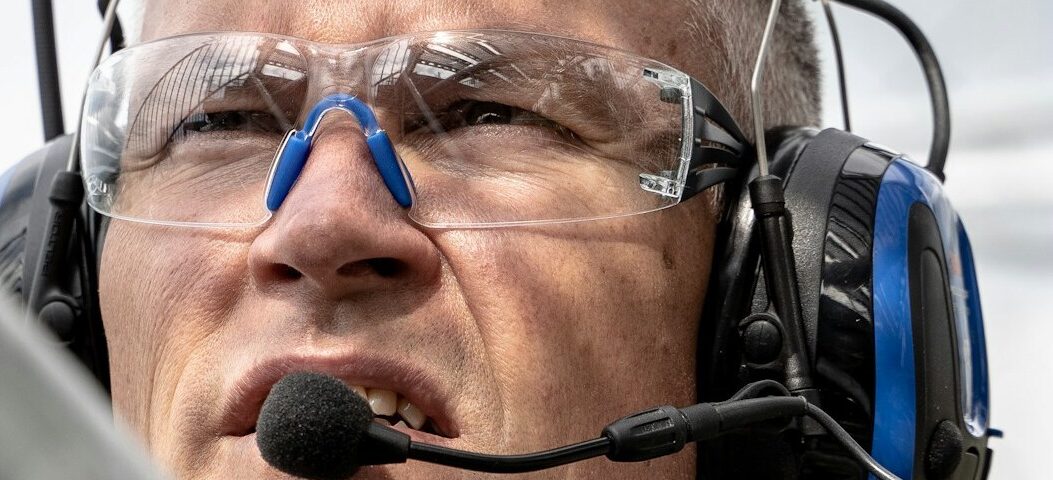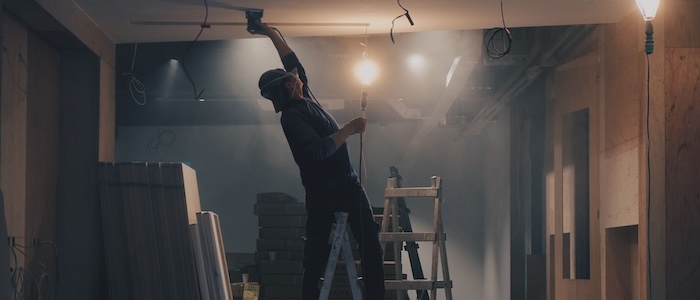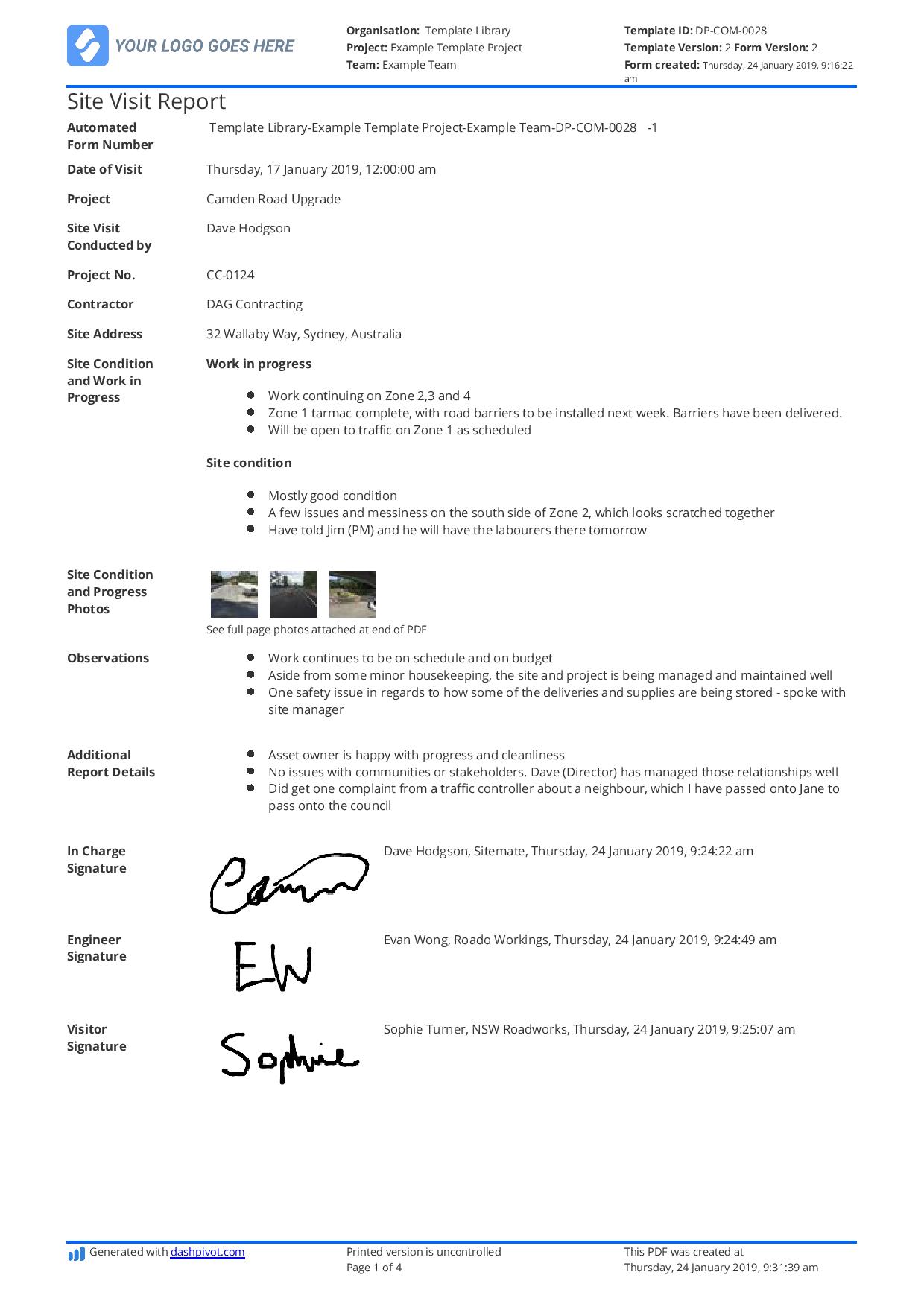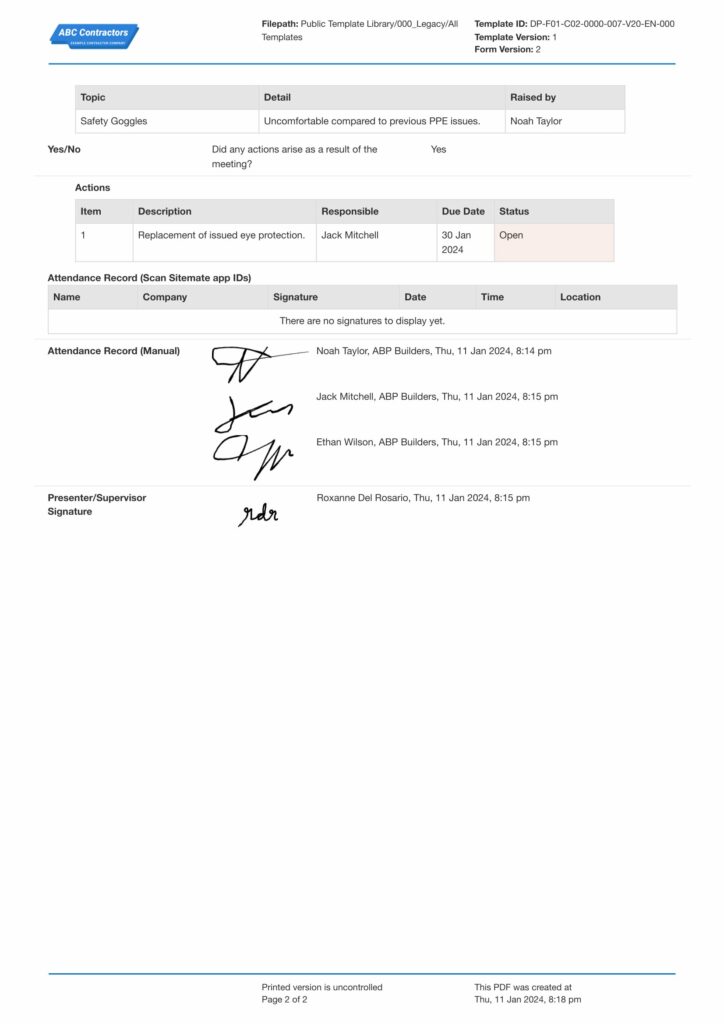Dashpivot Article – Eye Protection PPE
Eye Protection PPE
In this article, we will talk about the significance of eye protection and eye protection PPE, the types of eye protection, and how to choose the best one according to your needs.

Eye Protection PPE: Hazards, Equipment Types and Best Practices
Eye protection PPE is part of workplace safety and recreational activities—from construction sites to home DIY projects, proper eye protection can prevent serious injuries and save your sight. Whether it’s flying debris, chemicals, or UV rays, the eyes are exposed to many hazards.
Statistics of eye injuries in Australia also depict that proper eye protection is crucial; according to Safe Work Australia, 10,595 serious claims of eye injuries happened at work from 2018-2019. In Australia, the number of eye injuries across industries varies; to combat this issue, all workers are advised to emphasise eye safety. Using proper eye protection reduces eye injuries, which may affect the worker's future life; one can maintain eye health and maintain his vision throughout life with appropriate practices and appropriate gear.
Workplace Hazards: Why Eye Protection Is Essential
The eyes are very vulnerable to injury, and once damaged, the recovery can be long or even permanent. Eye injuries at work can be caused by chemical splashes, flying debris, and excessive UV radiation. You must prioritise eye protection in any environment where these risks are present because the consequences of an eye injury can be severe.
The below hazards are centred around construction and industrial verticals, given the need for eye protection for construction workers.
Here are some hazards that can damage your eyes if no eye protection is used:
Mechanical Hazards
Mechanical hazards such as metal or wood chips, dust particles, and other flying objects can get into your eye and cause irritation, scratches, or more serious damage. Without eye protection, these particles can cause painful injuries that may need medical attention. By wearing the right eye protection, you can stop these hazards from getting into your eyes and avoid long-term consequences. Remember, it only takes a second for an accident to happen, so always prioritise safety by protecting your eyes in any hazardous environment.
Chemical Hazards
Chemical hazards, including acids, bases, solvents, and other hazardous chemicals, can also damage the eyes; exposure to these substances can cause burns, blindness, and other serious injuries. Without the right protective eyewear, like goggles or face shields, these chemicals can easily get into your eyes and cause permanent damage. Always wear the right eye protection when working with or around hazardous chemicals to prevent accidents or injuries. Remember, your eyes are irreplaceable, so take necessary precautions to keep them safe.
Radiation Hazards
UV, IR radiation, and lasers can also harm your eyes and cause cataracts, retinal burns, and even permanent vision loss. Always wear special protective eyewear that blocks radiation and follow all safety procedures and guidelines when working with these hazards to minimise injury.
Biological Hazards
Exposure to infectious materials, especially in the healthcare industry, is a biological hazard, and you must follow proper infection control procedures like wearing gloves, masks, and gowns to prevent exposure to biological hazards. In healthcare settings, you must also wash hands regularly and disinfect surfaces to minimise the risk of spreading infectious diseases. Remember, safety always comes first when dealing with any workplace hazard.
Wearing eye protection PPE is the key to minimising these risks, and by wearing eye protection with gloves, masks, and gowns, healthcare workers can further protect themselves from biological hazards. Eye protection prevents infectious materials from entering the eyes and transmission through mucous membranes. Follow all recommended infection control procedures consistently and prioritise safety and proper PPE usage to prevent the spread of infectious diseases and a healthy workplace.
Types of Eye Protection PPE
Choosing the right eye protection PPE is the key to protecting against infectious droplets and other hazards. There are many types of eye protection PPE available to optimise for eye protection safety, like safety glasses, goggles, and face shields, and you must assess the level of risk in the healthcare setting and choose the right eye protection accordingly.
Eye Protection PP - Safety Glasses
Most people wear these types of eye protection, which protect the eyes from flying objects and particles and are made of impact-resistant materials. Goggles give a better fit around the eyes; they protect from chemical splashes and liquids, and most people advise wearing goggles for situations where there is a high risk of exposure to hazardous materials.
Goggles
Goggles offer better protection than safety glasses, with a tighter fit and better protection against dust, splashes, and toxic vapours. Designed to protect against impacts, flying particles, and any other hazards that can cause eye problems, these safety glasses are available in various styles from different manufacturers. They protect the eyes and face in hospitals and chemical plants against splashes, sprays, and spatters of harmful fluids. Wearing a face shield together with safety glasses will further minimise the risk of severe injury, and hence the employees get maximum protection when working.
Welding Helmets
These are helmets used to cover the eyes during welding, shielding against intense welding light and heat besides sparks and spatter. Welding helmets are designed to protect the eyes from ultraviolet and infrared radiation emitted during the welding process. A welding helmet not only protects the eyes but also the face and neck area from burns and other injuries caused by flying sparks and molten metals. The adjustability of headgear and availability of filter lenses provide a welder with comfortable wear for a longer period, and hence the welder can work safely.
Specialty Eyewear
This includes laser safety glasses and prescription safety glasses for employees who require corrective lenses, and they protect the eyes from flying debris or intense light in the workplace. Most of these glasses are made with impact-resistant lenses and durable frames to ensure maximum protection. Employers provide these safety glasses to their employees to maintain a safe working environment and to avoid eye injury.
Eye Protection Best Practices
Eye protection is important in many industries to prevent eye injuries and create a safe working environment, and prioritising eye safety protects your vision and overall health. By following eye protection best practices, we can all promote a safety culture in the workplace. Here are some of the best practices:
Choose the Right Eye Protection PPE
Choose the right type of eye protection for the hazard present in the environment and make sure the eye protection you choose meets the safety standards and covers the task you are doing. Inspect and maintain your eye PPE regularly and replace damaged or worn-out equipment immediately.
Make Sure the Eye PPE is a Good Fit
A good fit of eye protection is key to maximum protection, and ill-fitting or uncomfortable PPE may discourage workers from wearing it consistently and put them at risk of injury. By taking the time to find eye protection that fits well and is comfortable, you are not only prioritising your safety but also setting a good example for your colleagues.
Regular Eye PPE Maintenance and Care
Proper care of your eye protection is key to its effectiveness in protecting your eyes, and by cleaning and inspecting your PPE regularly for damage, you can extend its life and stay safe at work. Remember to replace any eye protection that is damaged or worn out to get the highest level of protection.
Eye PPE Training and Awareness
Educate employees about eye protection and how to use it, and back this up with toolbox talks when you start to work on tasks that require eye protection PPE. By training and reminding regularly, you can prevent accidents and injuries at work. Promoting a safety culture and awareness will benefit everyone in the long run and ensure a safer and more productive workplace for all.
Here is an example of a toolbox talk you can use to educate and remind your team about the eye protection PPE to wear on the job.
See the example below to see how you could use an eye protection toolbox talk to keep your team educated and aware on the appropriate eye protection PPE to work safely.

Use this eye protection toolbox talk form for free

Heat Stress Toolbox Talk template
Avoid heat stress incidents with PPE, prevention and identify symptoms using this Toolbox Talk Heat Stress template.

Toolbox Talk Ladder Safety template
Keep any work involving ladders safe by running this Toolbox Talk Ladder Safety.

Toolbox Talk Noise Pollution template
Keep your team aware of noise pollution, ways to manage risks and reduce noise with this Toolbox Talk template.



